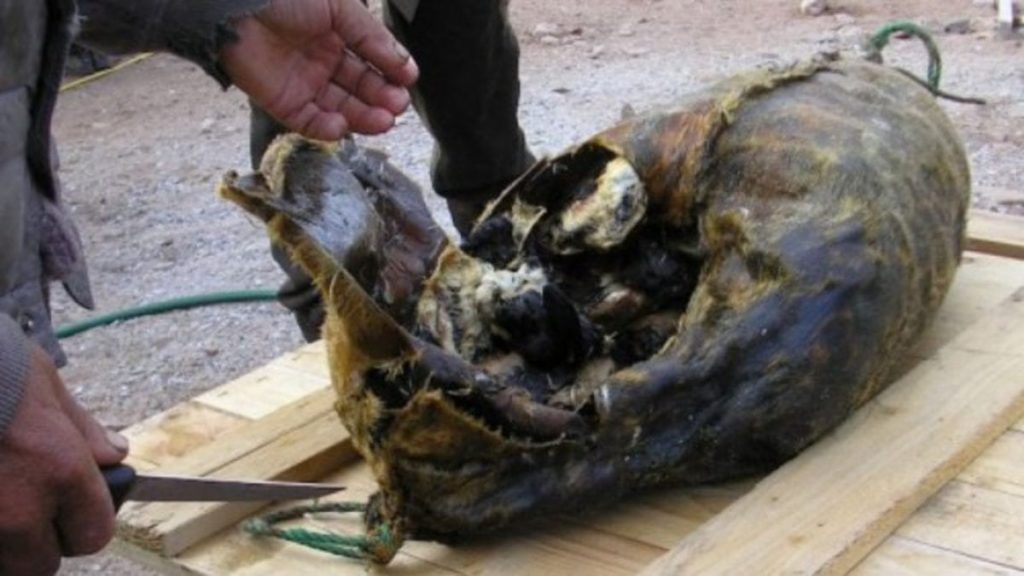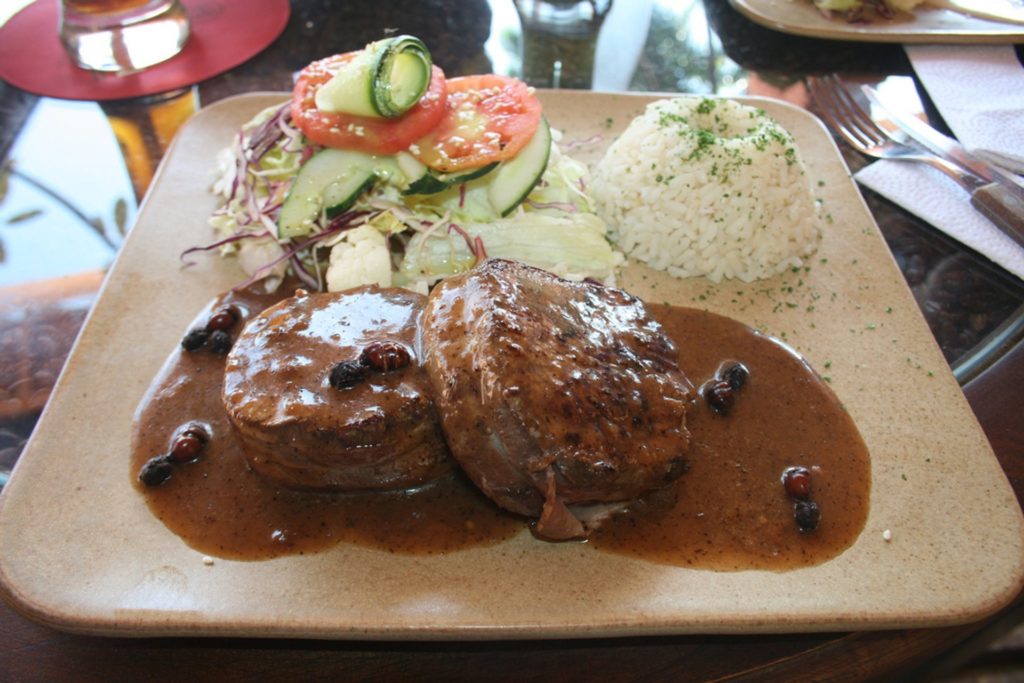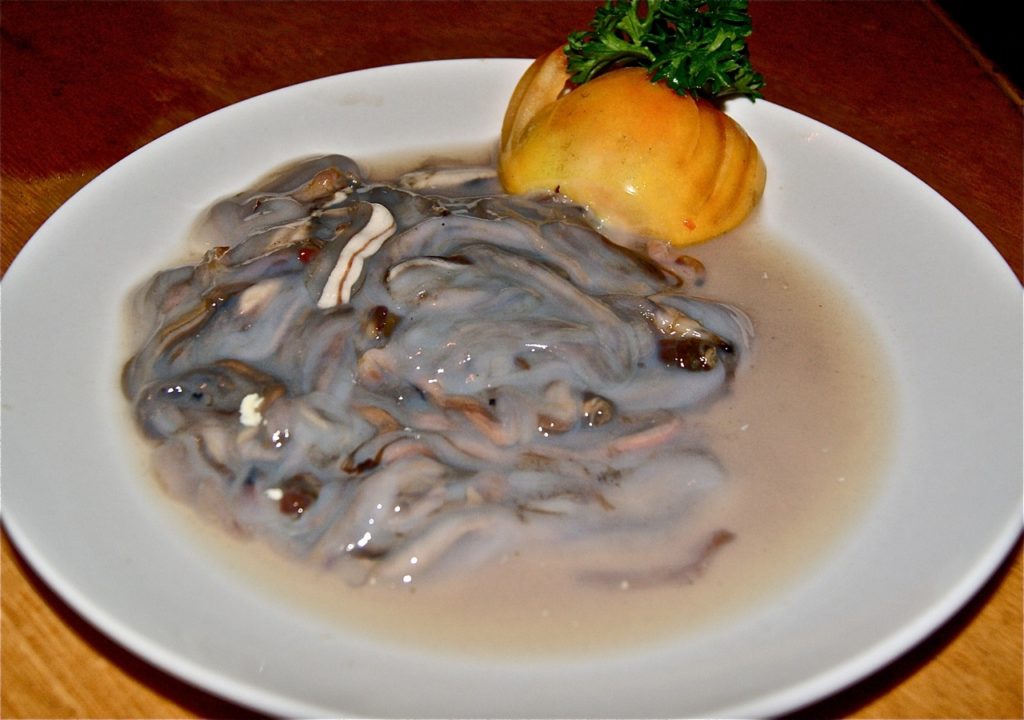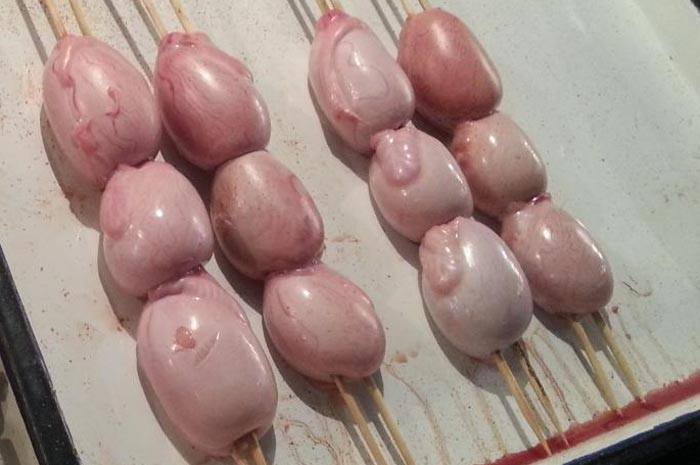If there is one thing every single human on earth has in common, that is the love of food! Whether you consider yourself a ‘’foodie’’ or not, we can all agree the love of food is one we all share. We live in a world that caters to various religions, lifestyle choices and colourful expression of native culture, all of which offer a plethora of new and memorable wining and dining experiences.
As a world traveler you are likely to come across fresh ideas, concepts and general lifestyle choices that are outside your typical upbringing and culture. After-all, the beauty of travel is to break out of your normal environment to discover new cultures, learn about their traditions and unique way of life. Aside from the captivating sights and sounds of visiting foreign countries, the food culture of any country is undoubtedly one of the most exciting parts of travelling and we typically spend a good part of our travel cash purely on the many culinary delights the world has to offer. While most of our experiences with foreign food is usually positive, there are some countries that offer cuisines that are so down-right bizarre you may not even believe people voluntarily eat such dishes. So without further ado, here are the top 10 of the most repulsive foods and delicacies eaten around the world.
1. Kiviak (Greenland)
Kiviak, is a warm Winter Greenlandic Inuit dish which consists of up to 500 small Seagull/Auk birds that are fermented and stuffed into a disembowelled dead seal. That’s right folks – you can order a bowl of rotten seagulls on your next trip to Greenland. As if this cuisine is not already quite disgusting, the Seal is sewed up to be entirely airtight then basted in oils to prevent the looming infestation of maggots and flies. Thereafter, the Pult of the Seagull is buried underground on a large flat stone and left to ferment for approximately 6 months. Once ready, the rotten intestinal fluids are sucked out and eaten or used as a sauce for other foods. The pungent smelling Seal meat is believed to taste like Natto Paste or mature old cheese and can be ordered in most cafes and restaurants and is a firm favorite during Christmas time.
2. Cow’s Intestines Tacos (Mexico)
Sometimes there is nothing better than a traditional Mexican Taco. In fact, most Mexican food is a firm favorite, but this dish can only be swallowed by the brave! We are not sure if a shot of Tequilla would help stomach this Mexican taco made purely from Cow’s Intestines, otherwise known as Tripe. While it is not uncommon for Tripe to be eaten and enjoyed, it is a meat that is certainly for the select few who have iron-fist gag reflexes.
If you are one of those brave hearts, then head off to Mexico and grab a cow’s intestines taco, which is cooked in a fish sauce and finished with a dash of jalapeno and lime juice.
3. Edible ‘’Fats-Ass’’ Ants (Colombia)
For most Westerners, our relationship with the Ant species is usually one made up of extreme irritation. These tiny insects have a knack for inconveniently building hills in almost every corner of the house, and we tend to limit our interaction with ants to only the moments we need to sweep out their infestations. However, for Columbians, ants are the main ingredient stirred into their traditional delicacy, Hormiga Culona, which Is native to the Santander region of the Spanish country. Hormiga Culona, meaning ‘’big-bottomed ants’’, are a species of mostly female leaf-cutter ants known to be a source of high protein with low saturated fat contents. These ants are typically 1 centimeter in size and are famous for their bulging buttocks, which stores their protein power. Although this is a highly unorthodox choice of snack, there is substantial nutritional value you will benefit from as the ants are believed to prevent high cholesterol and are jam packed with protein and Vitamin B. For those who are not squeamish, preparing Hormiga Culona is quite straightforward – simply remove their wings by hand, soak their buttocks in boiling salted water and fry them for 45 minutes, depending on how crunchy you prefer the texture to be. While you likely have not heard of this dish until now, the brave souls who dared to eat this ant dish liken the taste of Hormiga Culona to a mix of Pork Rinds, Popcorn and Peanut Shells.
4. Penis Fish – Tamilok Woodworm (Philippines)
The name ‘’Tamilok’’ is actually pronounced ‘’Tami – look’’ with the name deriving from the story of two American GI’s, back in World War 2, who were casually observing the way local Filipinos harvested Woodworms, which prompted the one GI to yell to the other “Tommy, look!”. Since then, the name stuck but we can’t say the love for this dish will go down as sweetly. The Tamilok Woodworm is a famous delicacy native to the Filipines, commonly found in rotten logs or thick tree trunks, which are decayed from being submerged under swamp like water. If the idea of eating worms freaks you out, then take heart as the Tamilok is actually considered part of the clam and oyster family. Tamilok has a fishy, slimy texture complimented by a very off-putting stench, which likely comes from the slick swamp riverbeds these worms live and breed in. It is not actually woodworm, but a mollusk that has teeth that are so powerful it can bite through metal, hardcore stuff right! Colloquially it is known as a woodworm though, because it is basically a worm that does eat wood.
The dish is served Either raw as a kinilaw which is a Filipino ceviche or they are deep-fried. Many of the top restaurants in Palawan serve it as a delicacy, but you will also see it being sold by hawkers on the beach. This dish was originally intended as a cheap easy street food. The foot-long (sometimes longer) slimy, grey creature has the qualities you'd expect from a delicacy: It’s a pain to find; is found in only a few countries, and is often eaten raw. First-time tasters describe the tamilok as “seawater that is made into jelly with a dash of oyster in it,” but locals say wala syang katulad (“it doesn’t taste like anything else”). Weirdly, no one even notices its two chisel-like teeth. Tamilok vendors typically serve the clams ceviche-style, called kinilaw. They prepare the entire animal raw, curing it in coconut vinegar and lime juice with chili and salt. Diners are recommended to swallow it whole. Good luck with that.
5. Warthog Anus (Namibia)
This one is sure to test anyone’s limits, just ask celebrity chef and travel enthusiast Anthony Bourdain, who is well known for eating some of the most repulsive things he has been dared to. After tasting Namibia’s traditional delicacy of non-other than Warthog Anus, the usually brave Bourdain was quoted stating the experience of eating the anus of the wild boar “All those years of telling you to eat as the locals do, take a chance, don’t be squeamish, they’re all coming back to haunt me. Behold the worst meal of my life.” So should you ever find yourself in the beautiful Namibia, Southern Africa, then it would be wise to avoid their traditional Warthog Anus, filled with dust, sand, and fecal matter. The grotesque taste is not the only thing that will scare you off, the preparation is a killer. True to the ancient how the San men of Namibia's African tribes would cook this beast, once you have hunted and slaughtered the Warthog, gut the stomach, pull out the scrumptious anus and be sure to pull out the last 1 foot of the attached intestine. Then proceed to squeezing out all the juicy feces and we are ready to get cooking. It’s not necessary to clean the intestines or anus either because you want all the gooey intestinal fluids that came out of the warthog to sink right into that delicious boar meat. Lastly, simply start a fire and throw this warthog booty into it. Oh, and you can totally ignore the dirt and ashes from the fire that will definitely cover the anus – that is also the traditional Namibian way to spice up this delight.
This post was created with our nice and easy submission form. Create your post!































































